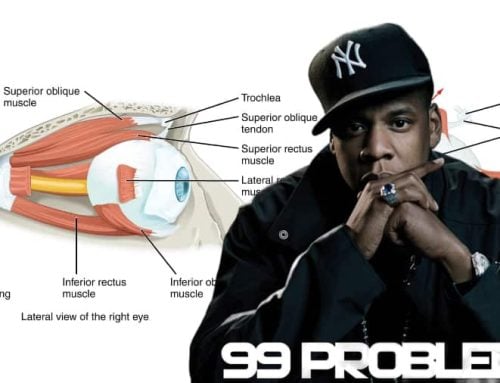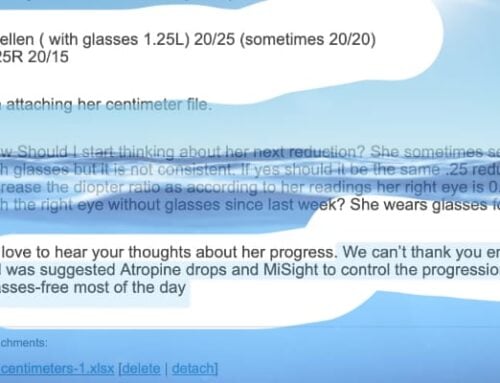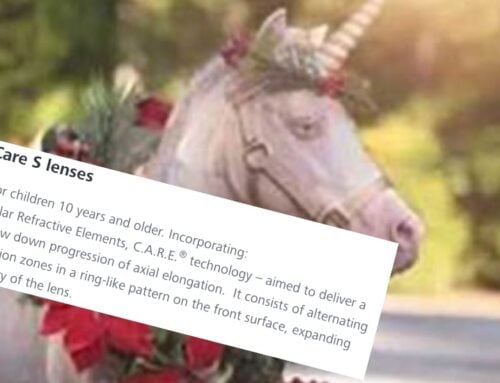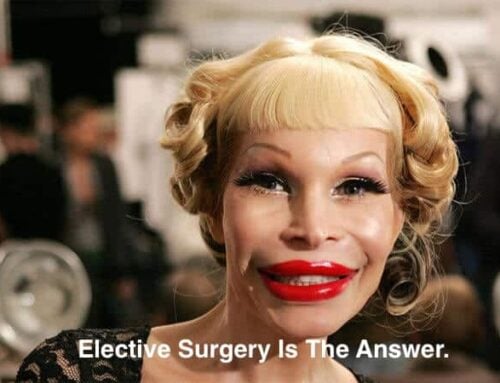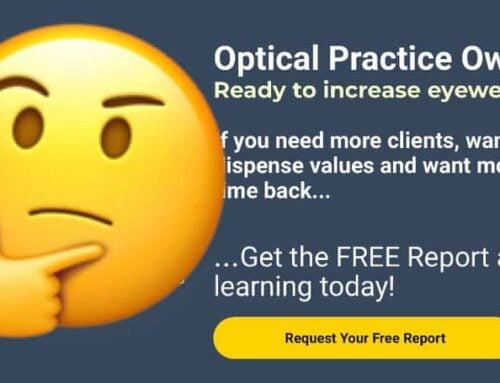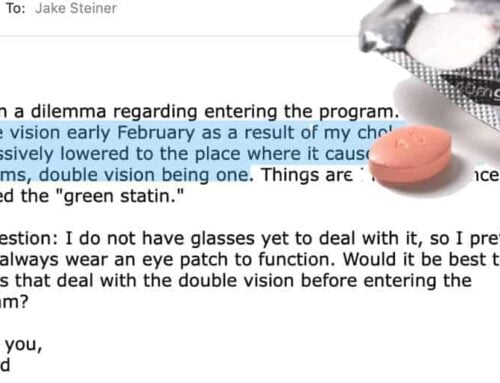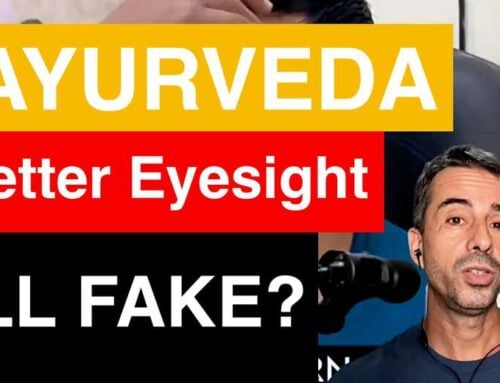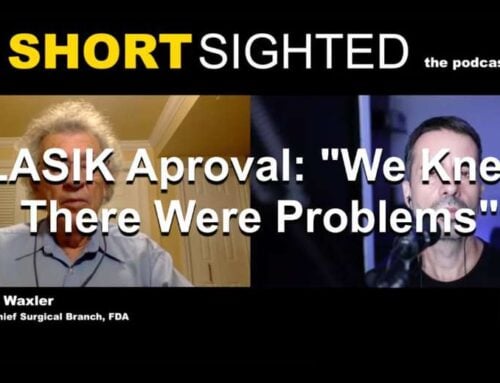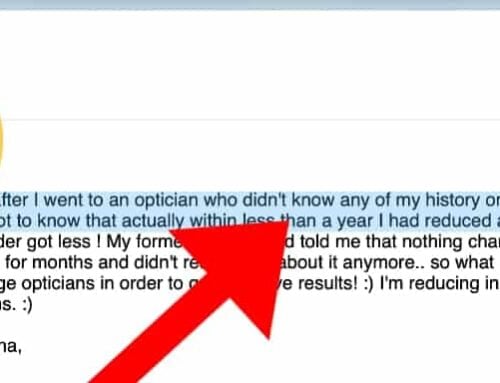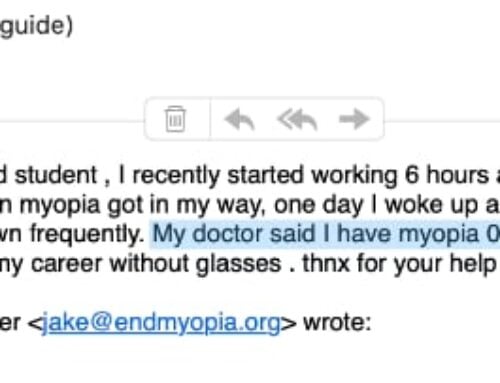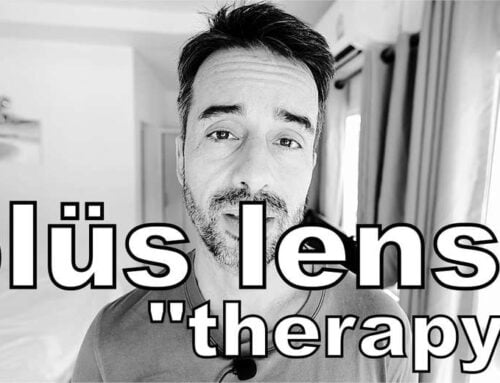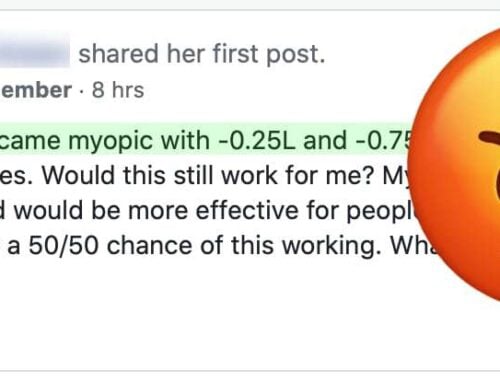There is a lot of clinical science pointing to the root causes of myopia.
While mainstream media keeps entirely missing the boat on primary causes, the truth isn’t hard to find. Just an afternoon of reading will acquaint you with exactly where myopia comes from (see ‘clinical science’ link above).
Things get a little more sketchy when you are looking for prevention and rehab related writing. I spent years digging through literature, and talking to ophthalmologists (some of whom are actually very good on the prevention front). If you had a hard time finding answers online, don’t feel badly. While myopia causes are relatively easy to locate, knowledgeable practitioners that show up online are still few and far between (for good reason, as I’m learning, #internettrollfest).
Enter Dr. Kaisu Viikari, a Finnish ophthalmologist. Born in 1922, Kaisu Viikari became an ophthalmologist in 1955 and has been a strong advocate for myopia prevention for many decades: From her biography:
“MD Kaisu Viikari’s great achievement was persuading the Finnish body of ophthalmologists to watch out for overcorrection of myopia. Her research in accommodation has also been cited in a positive spirit by strabismus researchers (Koskela 1992). Happily, we can today calmly appreciate the scientific achievements of MD Kaisu Viikari, as Professors of Ophthalmology at Helsinki University Timo Tervo and Leila Laatikainen (2003) showed in the journal Duodecim. MD Kaisu Viikari continues to take an active interest in questions of releasing accommodation strain in the eye and the role of the autonomous nervous system through her contributions to Suomen Lääkärilehti (Viikari 2006, 2007), also stimulating other Professors of Ophthalmology in the country to make positive inputs in the debate while citing MD Kaisu Viikari’s work (Tarkkanen 2006).”
Dr. Viikari has written a number of books, which you can buy from Amazon.com (here), and some are even available as free downloads from her site (here).
This is a very brief review of her 2011 book, “Learn To Understand and Prevent Myopia”.
If you are looking for a relatively succinct and yet detailed guide on how the eye works, and lens-based myopia prevention, this is an interesting and largely accurate portrayal of a working method. She covers plus lens use for prevention, reduced minus lens use, strongly advocates never using full minus for close-up, and details strategies for children as well as older individuals with presbyopia.
It’s standard stuff, if you are already well familiar with the Frauenfeld Method. Same thing basically, also from a similar era as Alex (interestingly). What makes for an interesting read is hearing all the same things from a different person. Different writing style, lots of biology details. It’s a good read.
But there are a few problems.
The Bifocal Use Conundrum
She advocates bifocal use a lot, throughout the book.
The way it should work is that you get one prescription for distance, and a lesser (or plus) for close-up, all in one pair of glasses. And the idea is sound. When you read up-close, you look down, according to the theory. So when you look down, the bottom part of the bifocal lens is either plus, or a reduced minus lens, depending on your needs.
This way, one pair of glasses, and yet you get the benefit of the correct focal plane no matter where you are looking. Right? Well … not so fast.
What happens in actuality, is that we don’t actually look down during close-up. We look straight ahead. When you look at your computer screen, it is either ergonomically properly set up to avoid neck strain – and you look straight ahead. If you use a laptop, you are more likely to tilt your neck down rather than head pointed straight ahead and eyes down. A lot of close up also happens with tablets and smartphones, where we keep the device at a straight line to our face. Again neck tilt, eyes straight.
Simply and to the point, we don’t reliably look down for close-up. Alex wrote about this previously.
So there goes that practical part of rehab advice. You don’t actually want to buy bifocal lenses if you want to protect your eyesight. Sounded good but unless you are really diligent, it just won’t work in practice.
And the Viikari approach unfortunately gets more questionable, from there.
Größenwahn
Translates to English, “megalomania”.
You might see this quite a bit when speaking with medical doctors. They want to name things after themselves, even when there isn’t much actual merit.
According to Dr. Viikari, if your forehead skin wrinkles (furrowed brows), you must immediately a) pay homage to her and b) your eyes are strained. A forgivable grab for attention, considering how few ophthalmologists are focused and outspoken about rehab.
But it just doesn’t end there:
“By means of wrinkling, muscles over a wider area — accessory muscles of accommodation — are made to give additional impulses to support the ciliary muscle in its state of contraction. The vertical furrows are caused by m.corrugator supercilii, supplied by facial nerve, an excellent example of neurological synergism.”
And there we get firmly into not-science territory.
According to this, the muscles on your forehead aide the ciliary muscle inside your eyeball. Those two sets of muscles are about as connected as one might be with their mother in law, post less than amicable divorce. Muscles moving the skin on top of your skull, not in any way relating to the ciliary muscle inside your eyeball.
If you read the book, you’ll also learn that your nostrils can give away telltale signs of eye strain.
The nostrils. You really can’t take quite that leap of faith, when there really isn’t any supporting scientific evidence. Why do we have to take things too far, when they started out so well and accurate?
Questionable References
And still the fact is that despite all of that, if you follow the advice of the book you are getting a whole lot better advice than from most optometrists. Take the flared nostrils with plus lens use for prevention, and you won’t get myopia.
The issue with with the references in the book is harder to ignore. After all, references are meant to help with credibility.
The book calls on the findings of Donald Rehm, of myopia.org. On cursory exploration even it becomes obvious that the site promotes the sale of some rather dodgy looking cholesterol pills. There is a mix there of absolutely valid aspects and then yet again, things that just don’t cut it all all under critical review.
I want to give the thumbs up to myopia rehab advocates, I really do. But what happens to our own credibility when we say yes to cholesterol pill promoters, and nostril flaring diviners?
Who Can You Trust?
Not me, granted.
But apparently neither much of what we looked at today. Yes on prevention usable advice, no on most of the rest of it.
This is the real problem with getting the rehab space into a place of legitimacy. When it’s so easy for any ophthalmologist to dig up any number of Dr. Viikari types and read out loud about flared nostrils, to the booming laughter of the entire room, credibility doesn’t come easy.
This is a real problem. People often ask me for other legitimate references, sources, reading material. There has to be a certain amount of published material from practicing ophthalmologists, that we can point to, for the field to become legitimized. We can’t have these doctors who try to name wrinkles after themselves be the forefront of the myopia prevention space.
So here we are. Who do you go to? I wouldn’t hire me, for myopia rehab help (though you can, if your sense of judgment veers towards the adventurous).
And yet hopefully things will get better, with a more open minded dialog hopefully just around the corner. What can you do? Hit the “like” button on articles you enjoy.
Cheers,
– Jake Steiner



